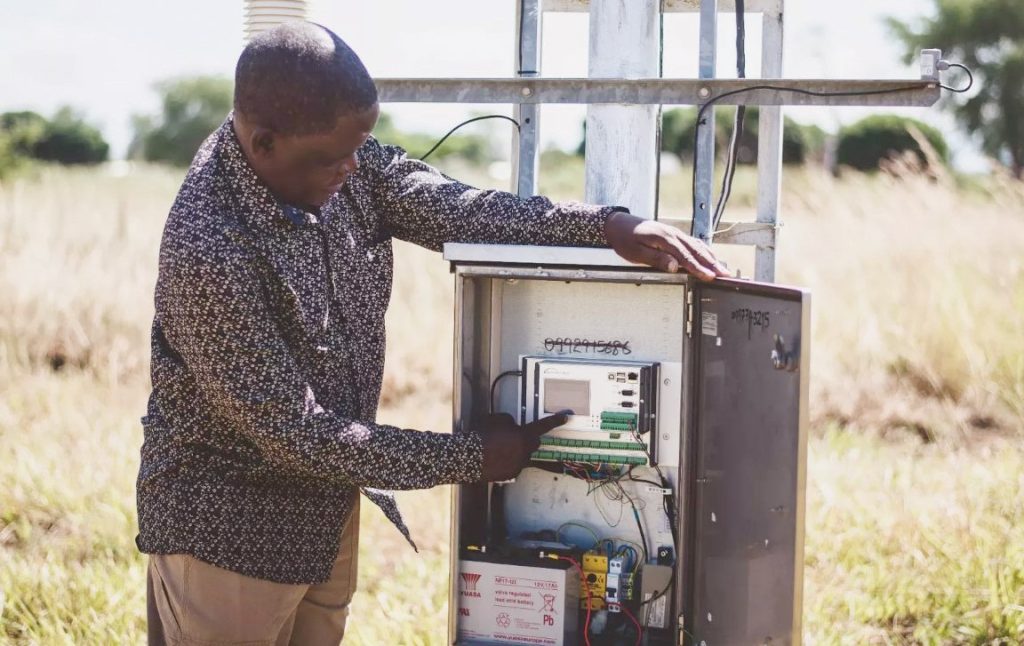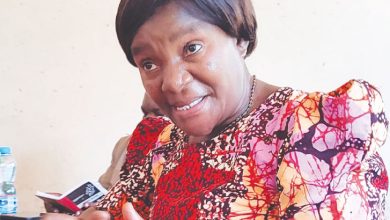Improved flood detector saves lives and property
A new flood detection system gives disaster-prone communities at the northern tip of Malawi up to 72 hours to save lives and valuable belongings before tragedy strikes, writes our Staff Writer JAMES CHAVULA.
Flooding in Malawi has become more frequent and severe with climate change, with at least 21 major floods in five decades.

This is a familiar tragedy for Nana Mhango and Issa Yasini, parents of six in Zindi Village in Karonga District along Lake Malawi at the northern tip of the country.
This year alone, the rice-growing community has experienced three floods from the swelling North Rukuru River.
The silted inlet of Lake Malawi chronically bursts its blurred banks, destroying homes, crops, livestock and any other property in its way.
However, the couple feels relieved that only the February 20 flood hit them hard.
She explains: “The first flood in January didn’t hit hard because our village head warned us two days before. He told us when and where the flood could occur and how to reduce the loss.
“I missed the meeting before the second flood, but still got a timely warning from neighbours and volunteers.”
The timely alerts helped the couple evacuate their children and prized property to safer neighbourhoods.
However, they had little time to escape and to save their belongings on February 24 2024 when the flood alert did not come quickly as compared to the two earlier flood incidents.
“The period between the warning and the flooding of North Rukuru could be the difference between life and death. In the past years, we used to have less than six hours to prepare for floods. Now we get the alerts about three days earlier,” says Issa, 57.
Improved early warning systems save lives and property, safeguarding national strides to end poverty in line with the Sustainable Development Goals.
In November 2023, the Department of Climate Change and Metrological Services (DCCMS) installed river monitoring sensors on the North Rukuru and South Rukuru rivers in neighbouring Rumphi District with support from ARM through the United Kingdom Committee for Unicef.
As part of the flood modelling project funded by Unicef UK, drones took to the skies to produce maps and essential data about prone zones, helping the detectors to identify areas and structures likely to be affected by possible flooding.
The result was a real-time and impact-based forecasting and early warning system for floods along the lake located in the great African Rift Valley, which is prone to flooding, drought and earthquakes.
To reduce loss and damage, the system sends warnings up to 72 hours before the rivers swamp communities downstream.
The rainfall forecast and sensors’ data is sent to the system, which analyses it and generates instant alerts should a set threshold be exceeded. Weather and water experts based in Lilongwe and at the district, send early warnings prone zones can use to take action.
Victor Phiri, based at Karonga Airport, is among weather personnel trained to rapidly share the flood alerts he receives via email, WhatsApp and website for the benefit of the communities in danger.
Phiri narrates: “We received two flood alerts in January and conveyed the warnings and tips to disaster risk management committees from the district level to the villages, where chiefs and volunteers forewarned people in their communities.
“However, the early warning system didn’t send a warning in late February ahead of a flash flood.”
This was a learning point, according to Phiri.
“We have relocated the river monitoring sensor from a riverbank with erratic phone network to a bridge where connectivity is better,” says Phiri.
M b a n d e A r e a Development Committee chairperson Advocate Mbale says it is pleasing that communities at risk no longer wait for the river gauge reader to phone his colleague downslope to trigger an alarm when the river rises.
“Previously, we couldn’t precisely tell when and where the floods would hit, but these days the weather alerts and the situation on the ground are matching. When we get the messages from the district team, we transmit it to our councillors, chiefs, village committees and other community influencers to share the tips with the people in their community.”
The major winners include women and children, like the Mhangos’ Standard Eight daughter, Loney.
Previously, floods used to claim a lot of lives, especially women and children. These days, we know where to run before floods happen,” says her mother.




